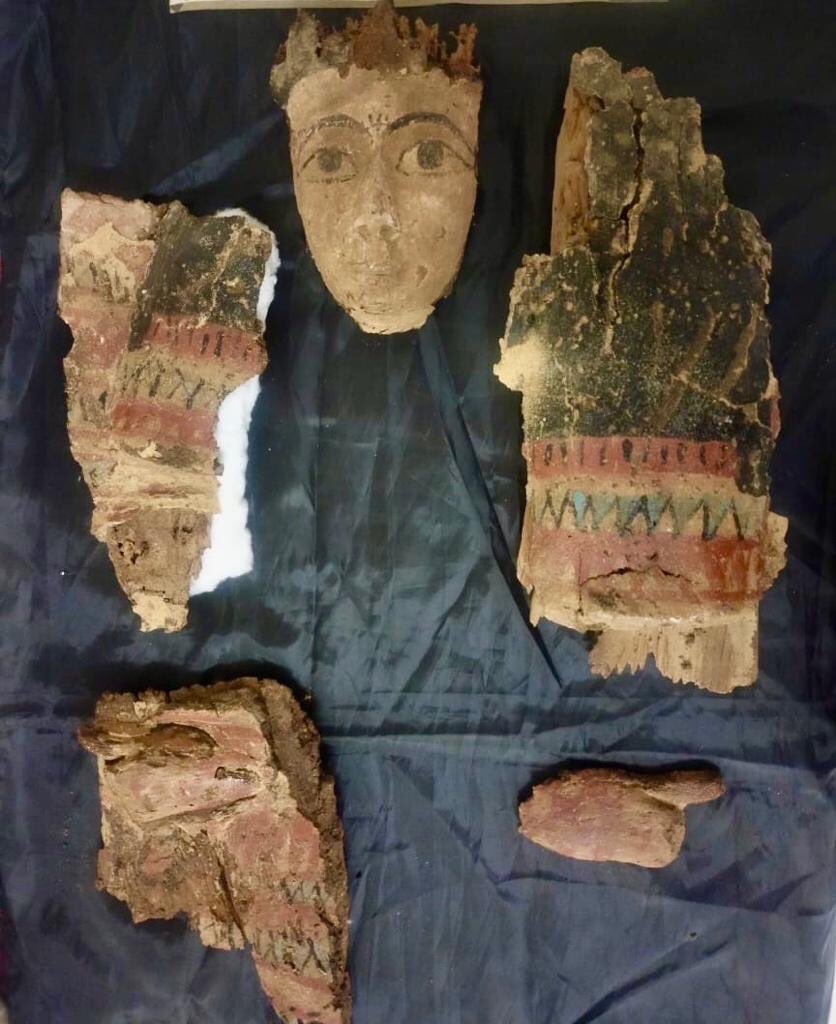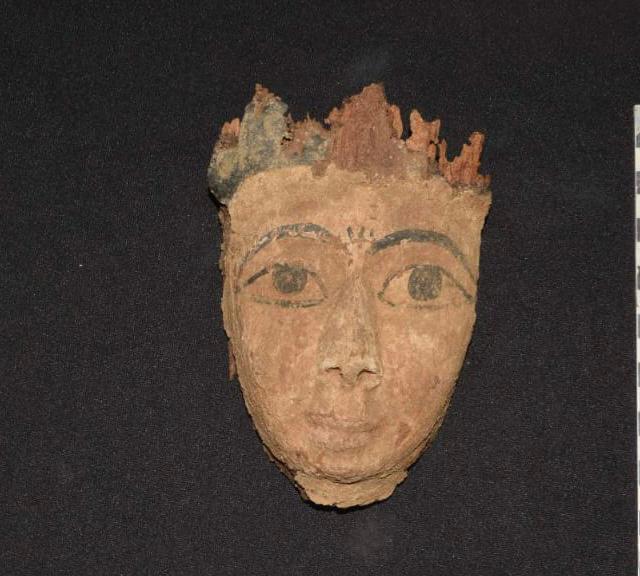Archaeologists in Egypt have found remains of ancient buildings from the Byzantine era in Al-Qusia, Assiut governorate. The Secretary General of the Supreme Council of Antiquities, Mostafa Waziri, highlighted the importance of this discovery, noting the significance of a Coptic text on one of the walls.
The buildings are believed to be courtyards with attached rooms, storage spaces, and fireplaces.
The lower cemetery also discovered parts of wooden coffins, skeletons, and funerary furniture. The cemetery also includes rock tombs from the Old and Middle Kingdoms.
Another archaeological mission, this time by the Supreme Council of Antiquities and the Italian National Research Council, found pots and amphorae from the late and Greco-Roman eras at the Tell Al-Maskhouta site in Ismailia governorate.

This discovery provides valuable information about the area's history as a hub for international trade and communications during the Roman era.
The Sesostris Canal, which connected the Red Sea to the Mediterranean, was a significant infrastructure that enabled this trade. The mission also found a slope leading up to the city's great wall and a corridor to collect fees and customs on the trade route, secure trade convoys, and repel any aggression from the east.

